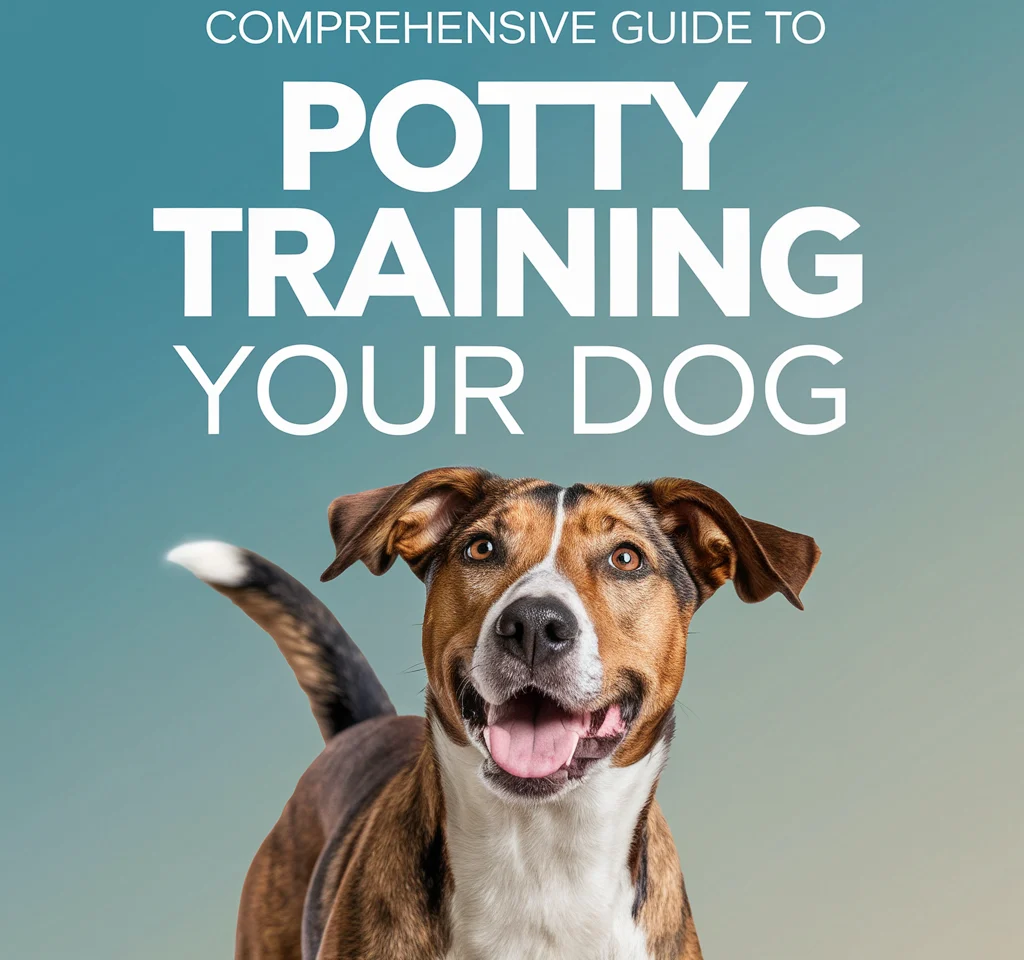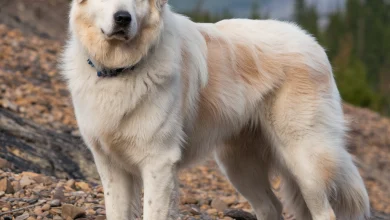Potty Training Your Dog: A Comprehensive Guide

Potty training is one of the first lessons you’ll want to teach your new dog, whether you’re adopting a puppy or an adult. This process can be both rewarding and challenging, requiring patience and consistency. Here’s a step-by-step guide to help you effectively potty train your dog and create a harmonious home environment.
Understanding the Basics
- Age Considerations:
- Puppies can generally start learning potty training around 12-16 weeks of age. Younger puppies may not have full control over their bladders, so be patient and understand that accidents are part of the process.
- Choosing a Spot:
- Designate a specific area outside where you want your dog to relieve itself. Consistently taking your dog to the same spot will help them associate that area with potty time.
The Potty Training Process
- Establish a Routine:
- Frequent Potty Breaks: Take your dog outside frequently, especially after eating, drinking, playing, or waking up. For puppies, aim for every 1-2 hours.
- Schedule Feeding Times: Establish a regular feeding schedule, as this will lead to regular potty times. Consistency helps regulate their bathroom habits.
- Use Positive Reinforcement:
- Praise your dog immediately after they relieve themselves in the designated area. Use treats, verbal praise, or petting to reinforce the behavior.
- Avoid punishment for accidents, as this can create fear and confusion. Instead, focus on rewarding successful potty breaks.
- Watch for Signs:
- Pay attention to your dog’s behavior. Signs that they need to go outside include sniffing around, circling, whining, or heading towards the door.
- If you notice these signs, take them out immediately to avoid accidents.
- Supervise Indoors:
- When indoors, keep an eye on your dog, especially during the early stages of potty training. If you can’t supervise, consider using a crate. Dogs naturally avoid soiling their sleeping area, which can help with training.
- Accidents Happen:
- If an accident occurs, clean it up thoroughly with an enzyme-based cleaner to remove any lingering odors. This prevents your dog from being drawn back to the same spot.
- If your dog has frequent accidents indoors, consider consulting with a veterinarian to rule out any health issues.
Crate Training
- Choosing the Right Crate:
- Select a crate that is appropriately sized for your dog. It should be large enough for them to stand, turn around, and lie down comfortably but not so large that they can use one corner as a bathroom.
- Introducing the Crate:
- Make the crate a positive space by placing their bed, toys, and treats inside. Encourage your dog to enter voluntarily and never use the crate as punishment.
- Gradual Increase:
- Start with short periods of crate time and gradually increase the duration as your dog becomes more comfortable.
Tips for Success
- Patience and Consistency:
- Potty training can take time, so be patient. Every dog learns at their own pace. Consistency in your approach will yield the best results.
- Limit Access:
- When you can’t supervise your dog, limit their access to certain areas of the house. Use baby gates or keep them in a small, safe space until they are fully trained.
- Keep It Positive:
- Maintain a positive attitude throughout the process. Celebrate small victories and remain calm during setbacks.
Conclusion
Potty training is an essential aspect of dog ownership that requires commitment and understanding. By establishing a routine, using positive reinforcement, and being patient, you can successfully potty train your dog and strengthen the bond between you. With time and dedication, your dog will learn where and when to go, making for a happy, healthy, and harmonious home. Enjoy the journey of potty training, and cherish the moments you spend with your furry friend!



